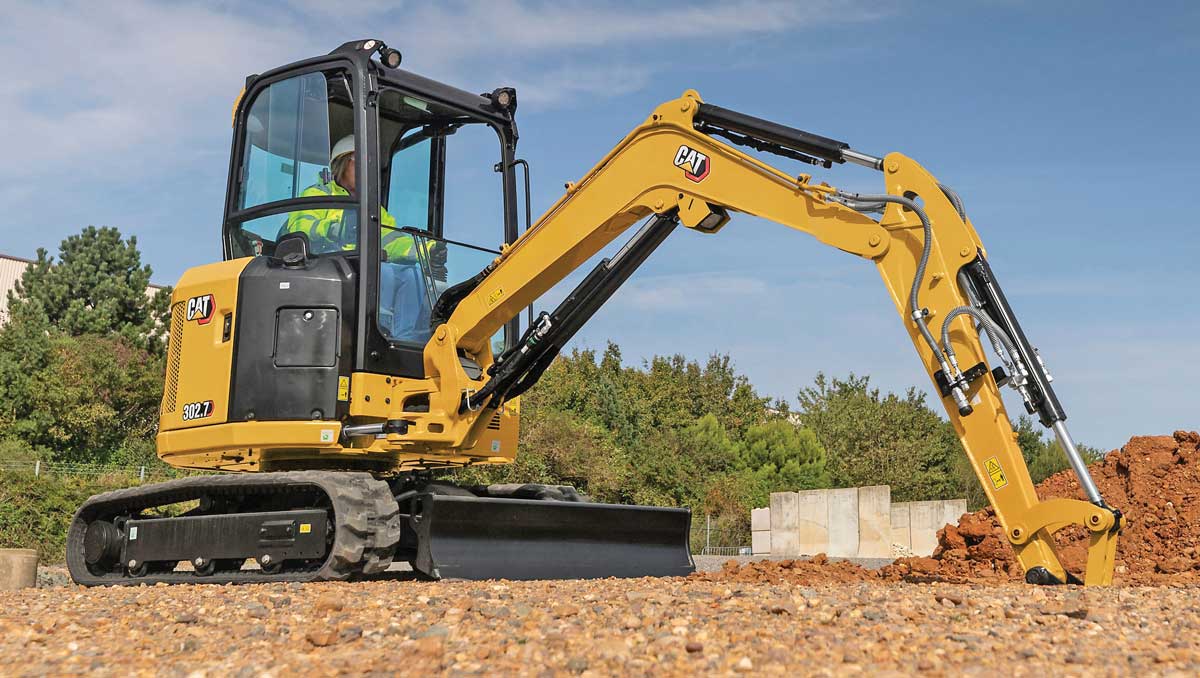Bobcat Compact Excavators — 2014 Spec Guide
Bobcat Co. introduced compact excavators to the market in 1986 and today continues to be one of the few manufacturers building compact excavators in the United States. In 2009, Bobcat introduced a significant design change with the launch of its M-Series line, which enhances an operator’s productivity, comfort, visibility and serviceability. Bobcat offers 13 excavators to match different operating conditions and digging needs — four conventional tail swing models (E32i, E32, E42 and E55), five with zero tail swing (418, E20, E35i, E35 and E45) and four with minimal tail swing (E26, E50, E63 and E85).
Dig depths range from 6 to 15.6 ft and long arms are available on many models. A unique feature of five of the excavators is an extendable-arm option that allows the use of a hydraulic clamp in the extended position. It can provide an additional 30 in. of reach, when fully extended, giving operators ultimate reach without having to upsize the machine. Bobcat is the only compact excavator with an extendable-arm and clamp that is compatible, says Bobcat.
The available Deluxe Panel provides a multi-language, full-color display that resembles instrumentation found on larger earthmoving equipment, providing a quick visual of function and machine vitals. The home screen displays fuel level, coolant temperature, day/time and engine rpm. Operators can select auxiliary hydraulic flow modes and rates from the panel for more efficient attachment operation. For increased security, an integrated password protection system may be used to help prevent theft.
The M-Series excavators feature auto-shift travel, which boosts the machine’s productivity by shifting the machine out of high range and back automatically, and the auto-idle feature, which can be enabled at the operator’s discretion and automatically causes the engine to return to idle if the excavator’s functions are not used for four seconds, saving fuel and reducing sound levels. All Bobcat excavators have an independent boom swing for offset operation, making it easier to work next to structures or in areas that are difficult to access. Without repositioning the excavator, the operator can dig a square hole or dig on each side of a buried utility.
Advice to Buyers
“Excavators are increasingly replacing larger equipment as the preferred machines for excavating, grading and site preparation projects, and a mini excavator offers remarkable utility far beyond its conventional role,” says Tom Connor, Bobcat excavator product specialist. “The right attachments and a coupler system that allows for quick and easy exchanges can provide business expansion opportunities in applications you may not have considered.”





